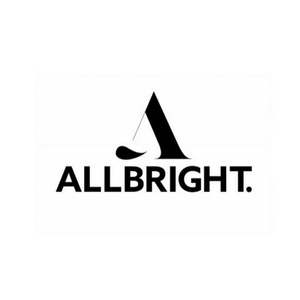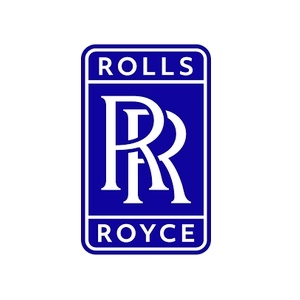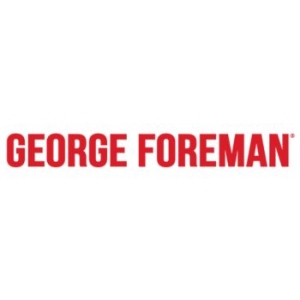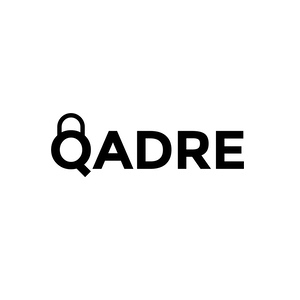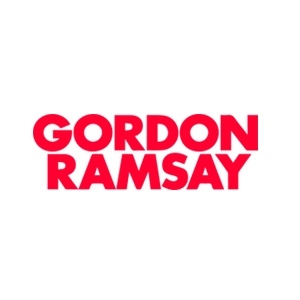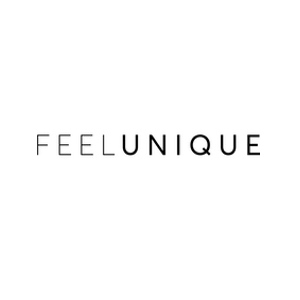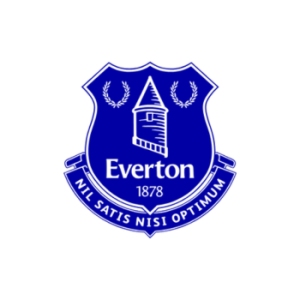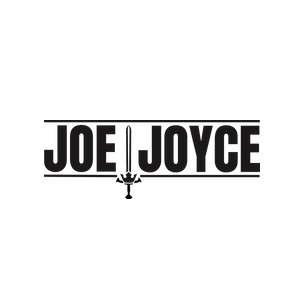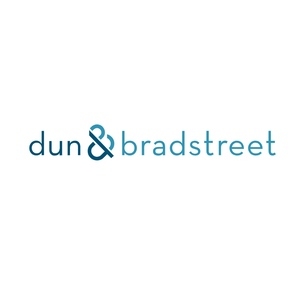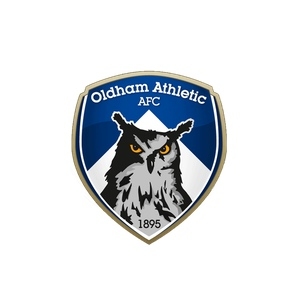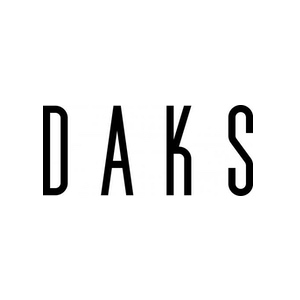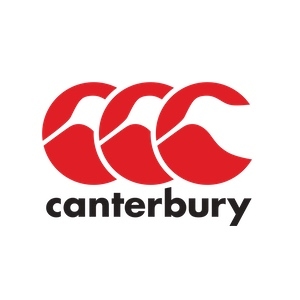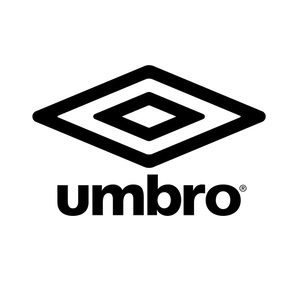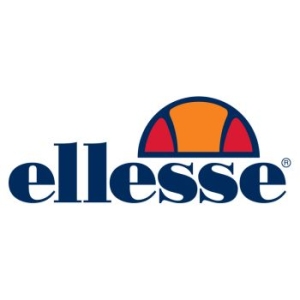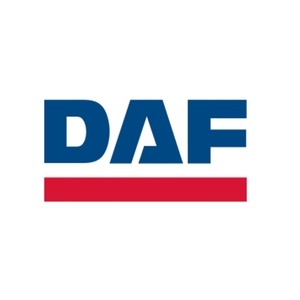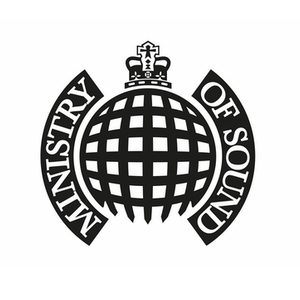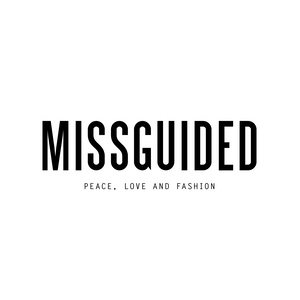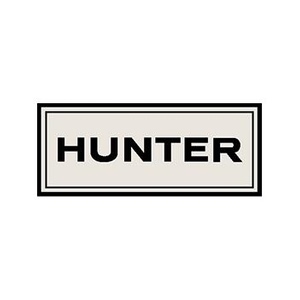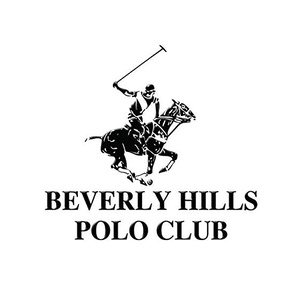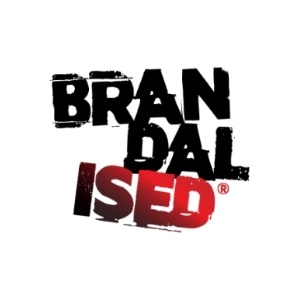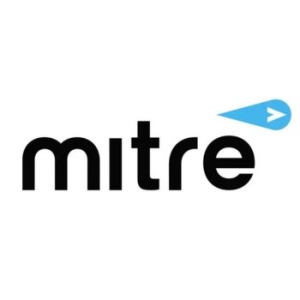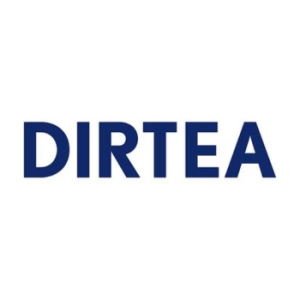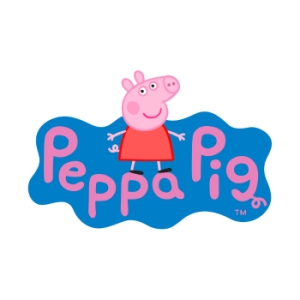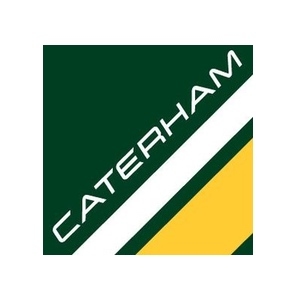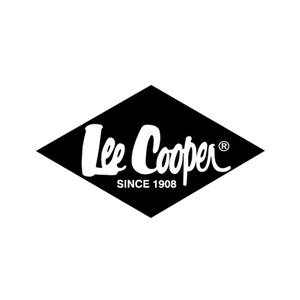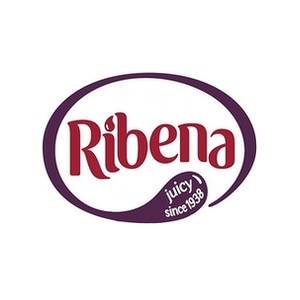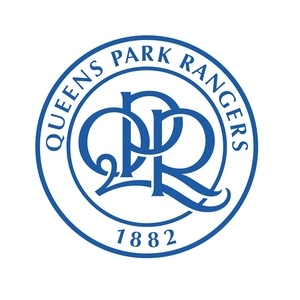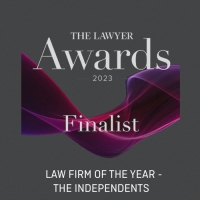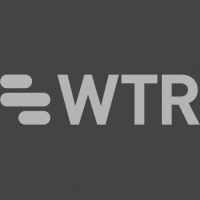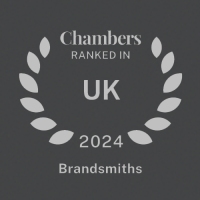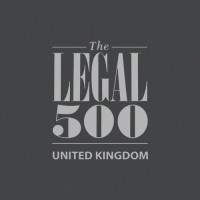Search-a-brandPowered by BRANDSMITHS
Search-a-brand assists you in researching, choosing and building a brand for your company, service or product. Try it out and search with the intended name!
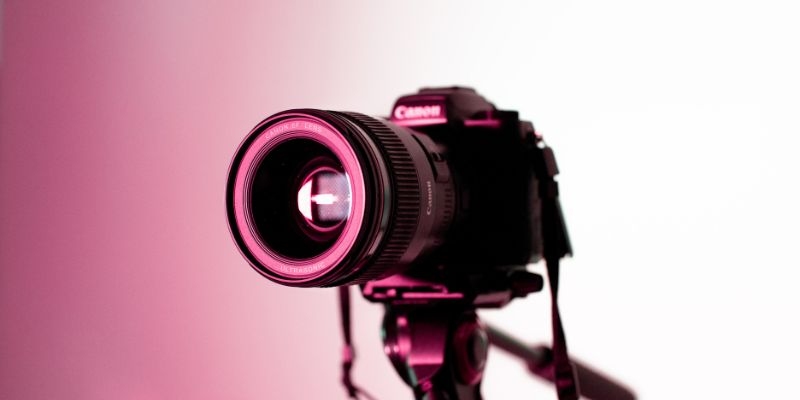
WHAT ARE IMAGE RIGHTS IN THE UK?
Author: Courtney Bryan-Isaacs
How to protect and exploit image rights in the UK.
With the Olympic Games coming to a close, athletes who have sprinted, pole vaulted or swum to stardom will have raised their profile exponentially. Those athletes’ image will now become more prominent and widely known. Whether it’s signing new sponsors or renewing deals off the back of Olympic success, it is crucial to be aware of how an athlete’s image is used.
GB Olympic diver Tom Daley, is a great example of how brands can successfully partner with athletes to use their image with consent.
Following his success at the Olympics, Daley teamed up with Gillette for an advertising campaign that leveraged his fame and positive image. Gillette, known for its grooming products, chose Daley as a brand ambassador because he embodies the qualities of dedication, precision, and excellence—values that align with the brand’s identity. 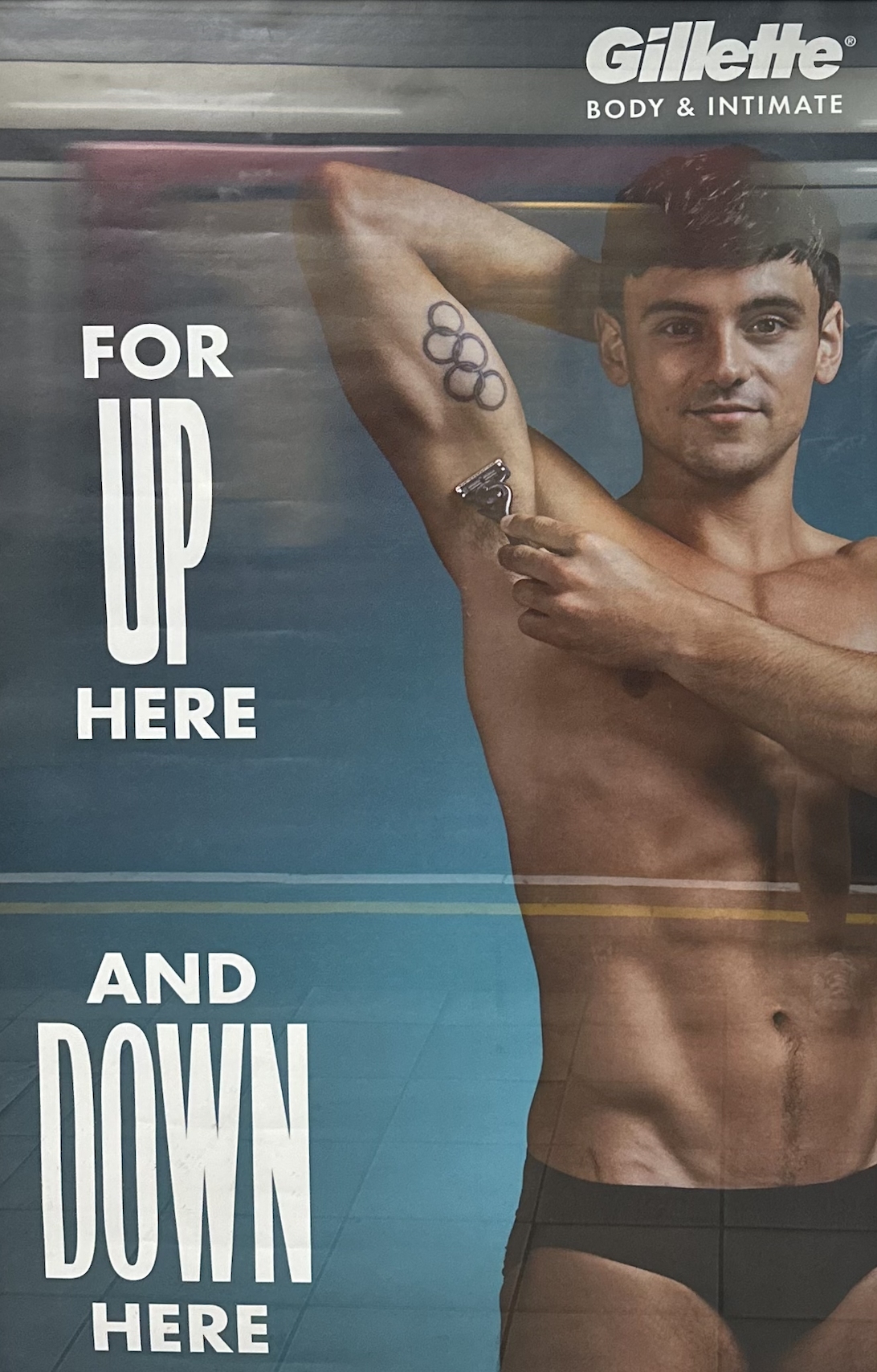
This kind of collaboration highlights the importance of clear agreements between athletes and companies, where both parties can capitalise on the athlete's public image in a positive and legal manner.
Want to know how to protect your image rights?
In the UK there is no codified law of image rights. Instead, the term "image rights" refers to a combination of intellectual property rights, common law and statutory rights. It is used by individuals to protect against unauthorised use of their image.
This can include their name, likeness or other personal indicia, such as physical or style characteristics. It can also be signatures, nicknames or slogans associated with them. The law of privacy provides another means of protection for an individual in respect of their image. We do not however cover the law of privacy in this article.
The protection of image rights
Intellectual property rights, common law and statutory rights
In a recent social media post, Manchester City FC star Erling Haaland announced that he has partnered with the popular mobile game “Clash of Clans”. Haaland’s in-game character is the first to be based on a real life person. It is one of many examples of a high profile individual successfully exploiting their image, likeness and characteristics. But how do Haaland and other well-known individuals protect their image in circumstances where they have not consented to its use?
In the UK, high profile people such as Roberto Carlos, Rihanna, Michael Douglas and Catherine Zeta-Jones have all used various means to defend their image against unauthorised use.
Eddie Irvine v TalkSport
This case was the first high profile case relating to the unauthorised use of a high profile individual’s image. In 2002, TalkSport (formerly Talk Radio) had distributed a brochure including a photograph of F1 driver Eddie Irvine without his consent. Eddie’s picture was edited to feature a radio accompanied by the words “Talk Radio”.
Eddie brought a claim for passing off on the basis that it appeared to the public that he endorsed the radio station. The Court had to decide whether Eddie had goodwill in his likeness, and if TalkSport’s actions gave a significant section of the market the impression that Eddie endorsed the radio station.
Eddie succeeded in his claim. In doing so, he established that a passing off action could be an effective means for an individual to protect their image.
This set the basis for the case with Rihanna, in which she successfully argued that the use of a photograph of her on a t-shirt sold by Topshop gave the impression of a personal endorsement. This too gave her a successful claim in passing off.
OK! Magazine
In 2000, Michael Douglas and Catherine Zeta-Jones (the “Douglases”), the well-known actor and actress, entered into an agreement where OK! magazine paid them £1 million for exclusive rights to publish photos from their wedding for a nine month period. The agreement included Mr Douglas’s and Ms Zeta-Jones’s consent to use their name, voice, signature, photograph or likeness in connection with the wedding. Employees of OK! were made to sign confidentiality agreements which contained undertakings including not to take photographs. The agreements specifically provided that any such disclosure would constitute a material breach and an invasion of the couples privacy.
In November 2000, Hello! Magazine (a competitor of OK! magazine) attempted to publish unauthorised photographs they had taken covertly at the wedding. Hello! knew that OK! had exclusive rights granted for coverage of the wedding. The Douglases brought a claim under 14 different heads, including breach of confidence and breach of privacy. The issue relating to the claim under the law of confidence was whether the Douglases lost their right to claim in confidence because they intended to make some visual aspects public. The other key issue was whether privacy rights survive commercial sale and whether such rights are transferred on the sale of exclusive publication rights to a commercial publisher.
The Court recognised there was a recurring argument that the Douglases were seeking “control” of the visual representations of the wedding. The Douglases were successful in bringing their claim under the law of confidence, even though the Douglases had intended to publish the photos of their wedding which would publicise their wedding, they did not lose all rights.
Due to the fact that the Douglases had sold exclusive photographic coverage of the wedding to OK! and that they had taken such measures to keep the event private by way of security, prevent unauthorised attendance at the wedding and unauthorised pictures, they had successfully relied on “commercial confidence”.
Regarding the claim under privacy, the judge was clear in declining the existence of a law of privacy and an invitation to provide relief to the Claimants under such a law. As the judge held that the Douglases were protected by the law of confidence, the judge did not did not consider the matter further.
Rihanna v Topshop
The Rihanna v Topshop case (referenced above) is one of the most significant image rights cases. It directly addresses image rights as a concept, as opposed to distinct elements such as privacy or paid for commercial rights to photograph a wedding.
In 2013, Rihanna sued clothing brand Topshop for selling a t-shirt bearing her image. She won the case by using a legal concept called "passing off," which involves proving three main things: deception, damage, and goodwill.
Here's how it worked in her case:
Deception: Rihanna showed that people might be misled into thinking she had approved or was involved with the t-shirt, especially since the image on the shirt was related to her new album.
Damage: The unauthorised use of her image could hurt her brand or cost her money.
Goodwill: As a world-famous superstar, Rihanna had a strong reputation and connection with her fans, making it easier for her to prove goodwill, which is like having a positive brand image.
Despite all of this, the Court went to great lengths to highlight how fact specific the case was.
The fact that the image in question was linked to a newly released album and that Rihanna had had a previous commercial relationship with Topshop meant that consumers were likely to be deceived. Even though Rihanna was successful, this case highlights how difficult it is to be successful in a claim of passing off when it relates to a celebrity’s image.
Roberto Carlos
In 2017, Roberto Carlos was the subject of a defamatory article published by the Mail On Sunday, resulting in a media storm of allegations on social media and printed publications. In the article Roberto Carlos was accused of doping during the 2002 World Cup. The issue at hand was whether there was any truth to the statement and if not, how would Roberto Carlos protect his “image”. Although, the idea of an “image” in this context is slightly different in the sense that Roberto Carlos’ image had not been used without authorisation, the law of defamation defended Roberto Carlos’ reputation as a world class footballer that succeeded at the highest level without doping.
Brandsmiths acted for Roberto Carlos in that case and the result was that Associated Newspapers issued an apology and agreed to pay substantial compensation to Roberto Carlos.
Other rights
Besides going to court, you can also use the Advertising Standards Authority to protect your image. The ASA is the UK's independent advertising regulator, which ensures adverts in the UK follow the rules set out in the Committee of Advertising Practice (CAP) Code. This code has guidelines that ads must follow to be fair and not misleading. Using the ASA can be a helpful way to ensure that your image is used properly in advertising without having to resort to legal action.
A principle of the CAP Code is that individuals should be protected from unwarranted infringements of privacy. Rule 6 sets out that marketers must not unfairly portray or refer to anyone in an adverse or offensive way. By making a complaint to the ASA, an individual can have the offending advert taken down but cannot claim damages.
There are also alternative routes to protect your brand as a well-known individual. Footballers have demonstrated how you can protect your image. David Beckham has not only registered “BECKHAM” as a trade mark but also his family’s names too. Cristiano Ronaldo is also another high profile example with the UKIPO register littered with multiple trade mark registrations such as “CR7 Cristiano Ronaldo” and even his world famous “SIU” celebration as a figurative mark.
Given the position on images rights means that any misuse of a celebrity’s image, likeness or name can give rise to a number of causes of action, the outcome of any action will be heavily influenced by the facts of each case.
With the development of technology and AI, celebrities, athletes, and members of the public alike may find their image/brand associated with products and companies that they have not endorsed. Even worse, companies promoting a message that is damaging to the reputation of the individual.
Having solid IP protection is one way to manage these risks. But what does this mean?
IP protection includes registering trade marks and having tightly drafted commercial and endorsement deals that are no wider in scope than necessary. This means that it preserves an individual's freedom to exploit and control the use of their image. In addition to putting such protection in place, we always recommend a proactive approach to monitoring and defending your image.
Whether you are a high profile individual or brand owner, we encourage clients to conduct a thorough review of the existing agreements they have entered into, and to ensure that any renewals of existing agreement are thoroughly reviewed. As an individual, you need to consider whether your ‘image’ is being used in line with your agreement or whether it is being used in instances where you have not consented or you are not being remunerated for such use.
In a similar fashion, as a brand owner there are constantly new forms of digital marketing to advertise your brand. You may want to consider the terms of the existing agreement and whether you are exceeding the limits of the agreed terms on use on your talent’s image.
To learn more about IP, check out our intellectual property page.
About Brandsmiths
Brandsmiths is the go-to firm for the world’s leading brands. With a highly skilled team of IP lawyers, the firm specialises in all matters related to trade marks, copyright, patents, rights & designs, confidential information, and database rights.
If you would like further information about clearance checks and how Brandsmiths can help you protect your brand, please get in touch with info@brandsmiths.co.uk.
Brandsmiths is a trading name of Brandsmiths S.L. Limited which is authorised by the Solicitors Regulatory Authority, SRA No: 620298. Founding Partner: Adam Morallee
Privacy and Cookie Policy | Terms and Conditions | Complaint Procedure | Site by: Elate Global
